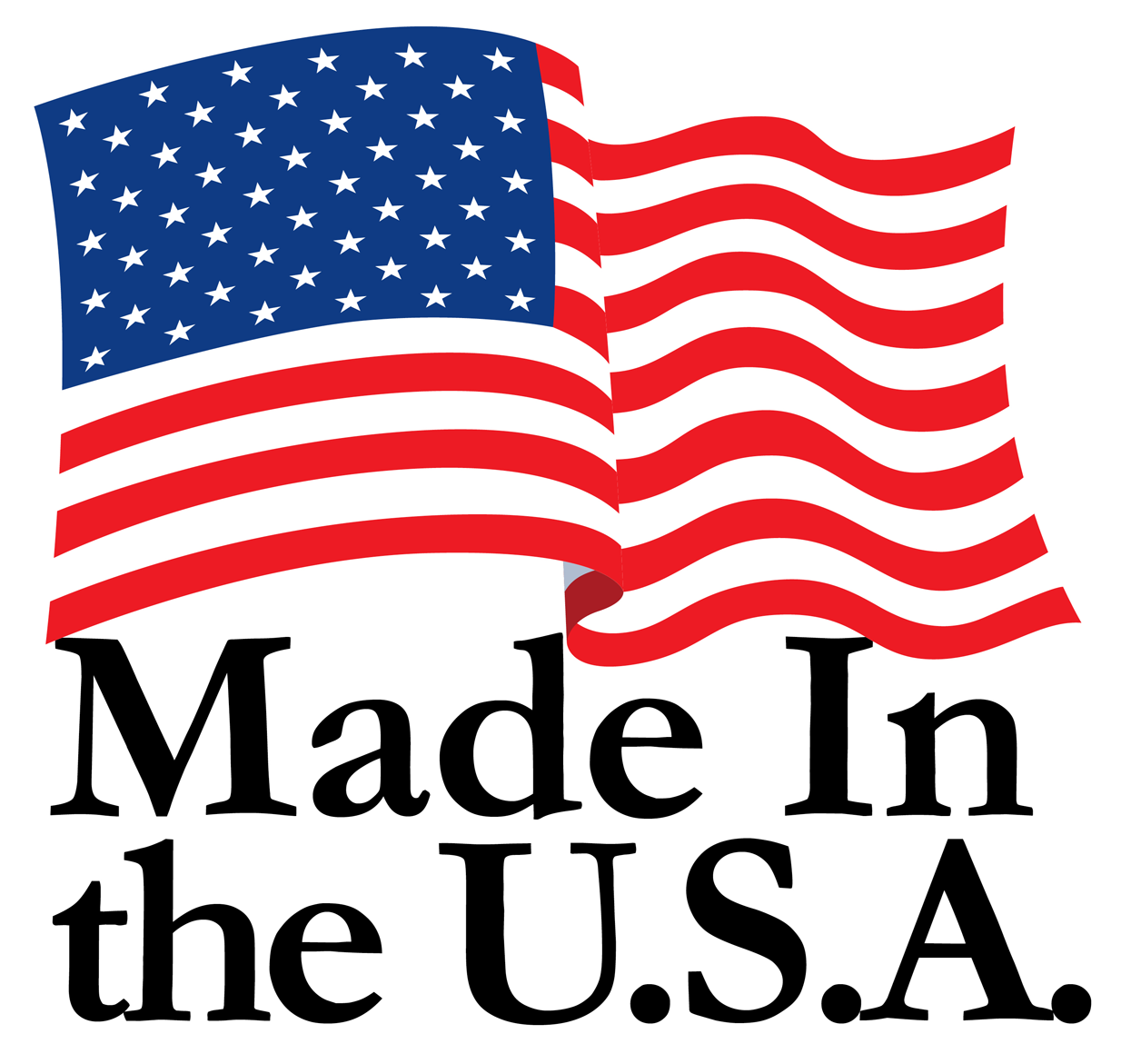![]() Answer: Aluminum 1100 is nearly pure, with at least 99% aluminum, making it great for tasks needing high conductivity and corrosion resistance. Alloy 5052, however, includes magnesium (about 2.5%) and a bit of chromium, which boosts its strength while keeping it workable.
Answer: Aluminum 1100 is nearly pure, with at least 99% aluminum, making it great for tasks needing high conductivity and corrosion resistance. Alloy 5052, however, includes magnesium (about 2.5%) and a bit of chromium, which boosts its strength while keeping it workable.
Strength and Applications
Alloy 1100 is softer and more flexible, ideal for things like lighting reflectors or chemical equipment where bending is key. Alloy 5052, being stronger, is better for tougher jobs like storage tanks or car parts, where it needs to hold up under stress.
Cost and Corrosion
Research suggests 1100 is usually cheaper because it’s simpler to make, but both alloys resist corrosion well, with 5052 possibly having a slight edge in harsh marine settings. The choice often depends on your project’s needs and budget.
Detailed Analysis of Aluminum Alloys 1100 and 5052
Introduction
Aluminum alloys 1100 and 5052 are both widely used in various industries due to their unique properties, offering significant advantages in applications ranging from chemical processing to automotive manufacturing. As of June 2025, these alloys are part of the wrought aluminum series, both non-heat-treatable, and are valued for their corrosion resistance and formability. This note explores the differences between aluminum alloys 1100 and 5052, focusing on their composition, mechanical properties, corrosion resistance, formability, applications, and cost, drawing on recent industry insights.
Composition
- Alloy 1100: This is a non-heat-treatable alloy with a minimum aluminum content of 99%, making it one of the purest forms available. Its high purity contributes to excellent electrical and thermal conductivity, as well as superior corrosion resistance. It is part of the 1XXX series, which includes other pure aluminum grades like 1050 and 1200, and is available in tempers such as O, H12, and H18.
- Alloy 5052: This alloy includes about 2.5% magnesium, with traces of chromium (up to 0.25%), and the rest aluminum. The magnesium addition boosts strength and improves resistance to saltwater corrosion, distinguishing it from 1100. It belongs to the 5XXX series, known for magnesium-containing alloys like 5083 and 5086.
Mechanical Properties
- Strength and Hardness: Research suggests that alloy 5052 has higher mechanical properties than 1100, with sources like Aluminium 1100 vs 5052 indicating it has a tensile strength up to 42,000 psi (depending on temper), compared to 1100’s lower strength, typically around 13,000 psi in annealed condition. This is due to the magnesium addition, which enhances tensile strength and resistance to impact and scratches. For example, 1100 Aluminum vs. 5052 Aluminum notes that 5052 is significantly stronger, making it suitable for structural applications. In contrast, 1100 is softer and more ductile, with lower strength, making it less suitable for high-stress applications.
- Formability: Both alloys exhibit excellent formability, but 1100 is noted for its superior ductility and cold formability. It’s ideal for deep drawing and complex shaping, while 5052, though highly formable, is slightly less ductile due to its higher strength. Sources highlight 5052’s ability to be easily drawn or formed into intricate shapes, but note it’s less ductile than 1100, with good workability in annealed conditions.
Corrosion Resistance
- Both alloys offer excellent corrosion resistance, a hallmark of aluminum due to its natural oxide layer. However, the evidence leans toward 5052 having a slight edge in certain corrosive environments, particularly marine atmospheres, due to its magnesium content. Sources rank 1100 as having excellent corrosion resistance, while 5052 is listed as having excellent resistance, suggesting a minor difference. This makes 5052 particularly suitable for marine and outdoor applications exposed to saltwater, while 1100 is ideal for chemical processing equipment exposed to harsh chemicals.
Applications
- Alloy 1100: Commonly used in applications where high formability and corrosion resistance are paramount, such as heat exchangers, chemical processing equipment, lighting reflectors, and decorative trim. Its excellent electrical conductivity also makes it ideal for electrical wiring and transformer coils, as noted in Aluminum Technical Info.
- Alloy 5052: Widely used in applications requiring a balance of strength and formability, such as marine hardware, aircraft fuel tanks, pressure vessels, and automotive panels. Its higher strength and corrosion resistance make it suitable for structural components where 1100 might not suffice, such as in transportation and architectural structures.
Cost
- Research suggests that alloy 1100 is generally less expensive than 5052 due to its lower alloying content. This makes it ideal for applications where cost is a significant factor, and high mechanical strength is not required. However, 5052’s enhanced properties, particularly its strength and corrosion resistance, may justify its higher cost in applications needing durability, with the choice depending on the specific requirements of the project.
Conclusion
In summary, while both alloys share similarities like excellent corrosion resistance and good formability, the key differences lie in their composition, strength, and applications. Alloy 1100 is chosen for its purity, superior formability, and lower cost, making it ideal for heat exchangers and decorative trim, whereas alloy 5052 is selected for its higher strength, better weldability, and enhanced corrosion resistance, suitable for marine and automotive parts. As of June 2025, these differences guide manufacturers in selecting the right alloy based on their specific needs, balancing cost, performance, and application requirements.
Key Citations
- Aluminum Technical Info
- Different Grades of Aluminum
- Aluminium 1100 vs 5052
- 1100 Aluminum vs. 5052 Aluminum
- What Aluminum Grade
- Aluminium Alloys
- Why 5052 Aluminum
